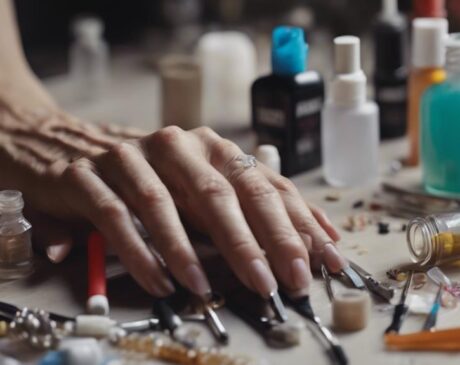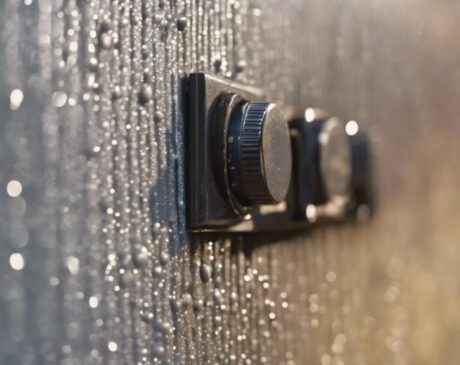What Is the Downside to Press on Nails?
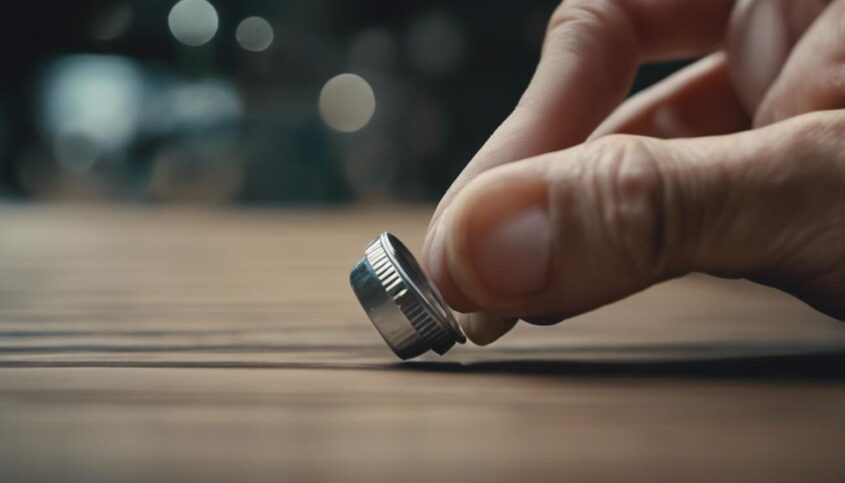
Press-on nails offer convenience, but drawbacks exist. They tend to last shorter than acrylic or gel nails. Allergic reactions to nail product allergens are possible. Challenges in applying them include sizing issues and lack of precision. Improper application or removal can damage natural nails. Vigorous activities may cause breakage. Specialized adhesive removers can help mitigate risks. Nail health is essential. Advanced removal techniques are beneficial. Learning about press-on nail downsides is crucial before making a choice.
Key Takeaways
- Limited longevity compared to acrylic or gel nails.
- Potential allergic reactions to nail product ingredients.
- Difficulty with sizing, alignment, and application precision.
- Risk of nail damage if applied or removed improperly.
- Restrictions on activities to prevent damage and breakage.
Limited Longevity
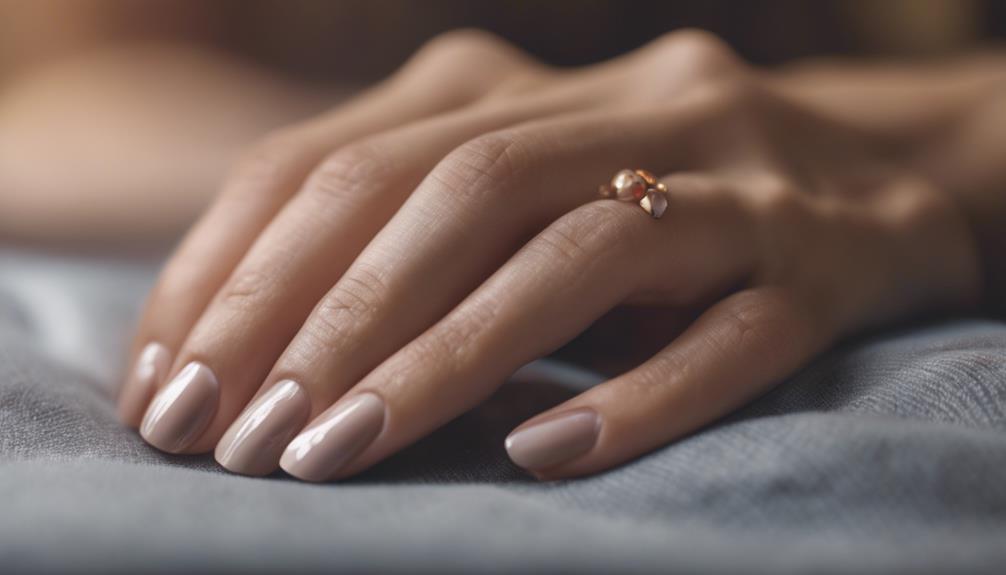
The limited longevity of press-on nails can be a drawback for individuals seeking a longer-lasting nail enhancement solution. While press-on nails offer convenience and a quick way to achieve trendy nail looks without the time commitment of traditional acrylic or gel nails, their staying power is often not as durable. This shortcoming may be particularly frustrating for those who lead busy lifestyles or desire a manicure that can withstand daily activities.
For individuals who value longevity in their nail enhancements, the need for frequent touch-ups or replacements with press-on nails can become tiresome. This limitation highlights the importance of exploring alternative nail enhancement options that offer extended wear without compromising on style or convenience.
In response to this challenge, the beauty industry continues to innovate, developing new technologies and formulations that aim to enhance the durability of press-on nails. By staying informed about the latest advancements in nail care, individuals can make empowered choices that align with their preferences for longevity and style in nail enhancements.
Potential Allergic Reactions
Press-on nails, despite their convenience and quick application, may pose a risk of potential allergic reactions for some individuals. While these nails offer a temporary solution for achieving trendy nail looks without the commitment of acrylics or gels, they can contain adhesives and materials that may trigger sensitivities or allergies in certain users. It is essential for individuals considering press-on nails to be aware of the potential risks associated with allergic reactions.
To highlight the importance of understanding the ingredients in press-on nails that could cause allergic reactions, the table below outlines common allergens found in nail products:
| Allergen | Description | Potential Effects | Precautions |
|---|---|---|---|
| Formaldehyde | Preservative and hardening agent | Skin irritation | Choose formaldehyde-free |
| Toluene | Solvent | Respiratory issues | Ensure good ventilation |
| Dibutyl Phthalate | Plasticizer | Hormone disruption | Opt for phthalate-free |
Difficulty With Application
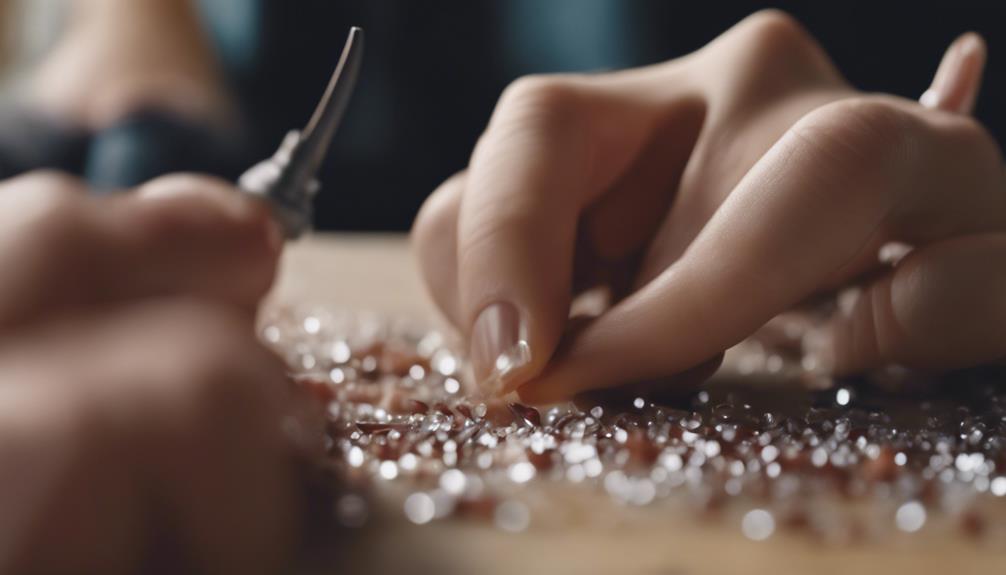
Experiencing challenges during the application process of press-on nails can deter individuals from achieving the desired manicure results efficiently. When facing difficulties with applying press-on nails, it can lead to frustration and potentially impact the overall experience. Here are some common issues individuals may encounter:
- Incorrect Sizing: Choosing the wrong nail size can result in a poor fit, causing discomfort and affecting the nails' appearance.
- Adhesive Mishaps: Improper application of the adhesive may lead to the press-on nails not sticking properly or coming off prematurely.
- Air Bubbles: Trapped air bubbles between the nail and press-on can create an uneven surface, affecting the manicure's aesthetic.
- Lack of Precision: Difficulty in aligning the press-on nails perfectly with the natural nails can result in a messy and unprofessional look.
- Time-Consuming: The intricate process of applying press-on nails may require significant time and patience, deterring some individuals looking for a quick solution.
Risk of Nail Damage
Facing potential risks, individuals utilizing press-on nails expose their natural nails to the possibility of damage. While press-on nails offer a convenient way to achieve stylish nail looks without the commitment of acrylics or gels, improper application or removal can lead to negative consequences for the natural nails underneath. Some common risks of nail damage associated with press-on nails include:
| Risk of Nail Damage | Description | Impact |
|---|---|---|
| Nail thinning | Excessive filing or gluing | Weakens natural nails |
| Nail bed infection | Trapped moisture or bacteria | Pain, discoloration |
| Allergic reactions | Harsh adhesives or materials | Itching, redness |
| Brittle nails | Constant use of press-ons | Breakage, peeling |
To maintain nail health while using press-on nails, individuals should follow proper application and removal techniques, ensure nails are cleaned and dried thoroughly before application, and give nails breaks between wear to prevent long-term damage. Awareness of these risks can help users enjoy press-on nails safely and responsibly.
Restrictions on Activities

Individuals utilizing press-on nails may need to consider certain restrictions on activities to prevent potential damage or issues with their natural nails. It is important to be mindful of the following:
- Avoid Excessive Water Exposure: Prolonged exposure to water can weaken the adhesive bond of press-on nails, leading to premature lifting or detachment.
- Minimize Contact with Harsh Chemicals: Chemicals found in cleaning products or certain beauty treatments can deteriorate the quality of press-on nails and weaken the natural nails underneath.
- Be Cautious with Rough Activities: Vigorous activities such as sports or heavy lifting may cause the press-on nails to loosen or break, risking damage to the natural nails.
- Use Gloves for Certain Tasks: Wearing gloves during tasks like gardening or dishwashing can help protect the press-on nails from unnecessary stress and damage.
- Avoid Nail-Biting or Picking: Engaging in habits like nail-biting or picking can not only damage the press-on nails but also harm the natural nails, affecting their health and appearance.
Matching Nail Shape and Size
Correctly matching the shape and size of press-on nails to your natural nails is crucial for achieving a comfortable and natural-looking fit. When selecting press-on nails, ensure that the shape of the artificial nail closely mirrors the curve of your cuticles and the width matches the width of your natural nail bed. This alignment is essential for a seamless blend between the press-on nail and your real nail, preventing discomfort and potential damage.
Innovative advancements in press-on nail technology now offer a variety of shapes and sizes to cater to different nail shapes and sizes. From almond to square, coffin to stiletto, there are press-on nails available in numerous styles to suit your preference. Additionally, many brands provide sizing guides or offer customizable options to ensure a perfect match.
Adhesive Residue Challenges
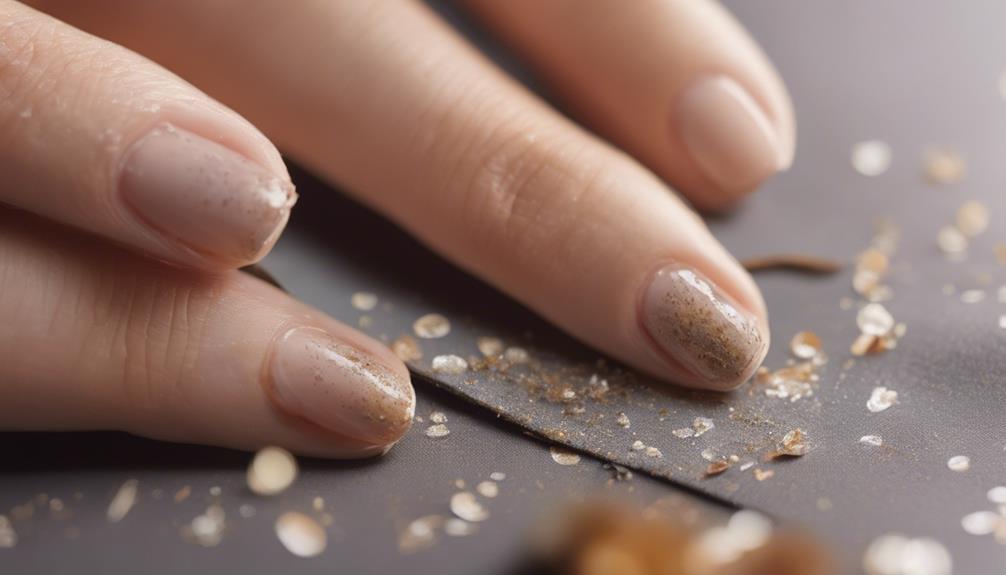
Addressing the challenges posed by adhesive residue is crucial for maintaining the appearance and health of natural nails when using press-on nails. Residue removal methods must be gentle yet effective to avoid damaging the nail bed. Additionally, understanding the risks of adhesive damage is essential for individuals who frequently use press-on nails.
Residue Removal Methods
Efficiently removing adhesive residue from press-on nails can present a significant challenge for individuals seeking a clean and flawless nail appearance. When tackling this issue, consider the following innovative methods:
- Oil Soak: Soaking the nails in warm oil can help loosen the adhesive residue.
- Acetone Solution: Using acetone or nail polish remover can effectively dissolve stubborn adhesive.
- Gentle Scrubbing: Lightly scrubbing the nails with a soft brush can aid in removing residue without damaging the nails.
- Peel-Off Base Coat: Applying a peel-off base coat before attaching press-on nails can make residue removal easier.
- Steam Treatment: Exposing the nails to steam can soften the adhesive, making it simpler to wipe off.
These techniques offer creative solutions to the challenge of removing adhesive residue from press-on nails.
Adhesive Damage Risks
To mitigate the risks of adhesive damage associated with removing residue from press-on nails, careful and gentle techniques must be employed. Adhesive residue challenges pose a concern for individuals seeking to maintain nail health and appearance. Traditional removal methods like harsh scraping or pulling can lead to damage such as thinning of the natural nail or roughening of the nail surface. However, innovative solutions are emerging to address these issues. Specialized adhesive removers formulated with gentle yet effective ingredients are becoming more prevalent in the market. These products help dissolve adhesive residue without compromising the integrity of the natural nail. By embracing these advanced removal techniques, individuals can enjoy the beauty of press-on nails while safeguarding the health of their nails.
Frequently Asked Questions
Are Press on Nails Reusable?
Press on nails can be reusable depending on the quality and application method. Proper removal and storage can extend their lifespan. Look for durable options and handle them gently for multiple uses.
Can Press on Nails Cause Damage to Natural Nails?
Press-on nails have the potential to cause damage to natural nails if not applied or removed properly. Careful attention to application techniques and proper removal methods can help minimize the risk of damage and maintain the health of natural nails.
How Long Does It Take for Press on Nails to Fully Set?
In the realm of press-on nails, the duration for full setting can vary depending on the brand and type. Generally, it takes between 5 to 15 minutes for press-on nails to fully set and adhere securely to your natural nails, ensuring a flawless and long-lasting manicure.
What Types of Activities Should Be Avoided When Wearing Press on Nails?
When wearing press-on nails, it is advisable to avoid activities that involve excessive water exposure, such as swimming or washing dishes without gloves, as this can weaken the adhesive bond, leading to premature lifting or detachment.
How Can I Safely Remove Press on Nails Without Causing Damage to My Natural Nails?
To safely remove press-on nails without causing damage to natural nails, soak nails in warm, soapy water to loosen the adhesive. Gently peel off the nails starting from the sides. Moisturize nails post-removal to restore hydration and strength.

